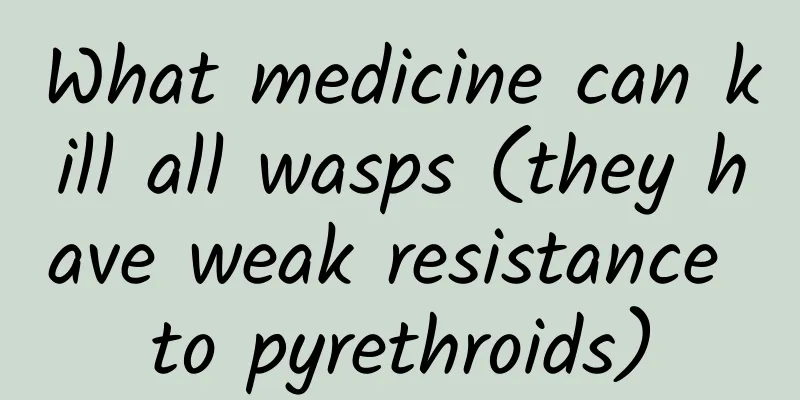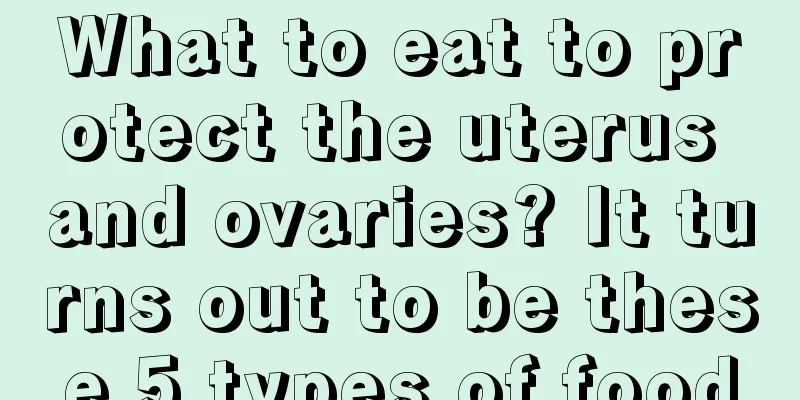Adnexitis medication

|
Our body's organs are very prone to inflammation. If minor inflammation is not treated in time, it is likely to lead to worsening of the disease and eventually form cancer. Adnexitis is actually a common disease among women. Adnexitis does not just refer to a single organ, but actually includes the fallopian tubes and ovaries. For the treatment of adnexitis, patients can choose some suitable anti-inflammatory drugs. Among the female internal reproductive organs, the fallopian tubes and ovaries are called appendages. Adnexitis refers to inflammation of the fallopian tubes and ovaries. However, fallopian tube and oophoritis are often accompanied by parametrial connective tissue inflammation and pelvic peritonitis, and are difficult to distinguish during diagnosis. Among pelvic organ inflammations, salpingitis is the most common. Due to the proximity of anatomical sites, salpingitis, oophoritis and pelvic peritonitis often coexist and affect each other. Adnexitis is a common disease caused by pathogenic microorganisms invading the reproductive organs and causing infection of the fallopian tubes and ovaries. This disease can occur in both unmarried and married women, and is often associated with pelvic connective tissue inflammation clinically. Adnexitis can cause fallopian tube atresia, leading to infertility and inducing other complications. examine 1. Examination of acute adnexitis The leucorrhea may be purulent or homogeneous mucous, the adnexa may be tender and painful, and sometimes an inflammatory mass may be palpated due to adhesion of the fallopian tube or ovary, with unclear boundaries and restricted movement. 2. Chronic adnexitis examination There is tenderness in the lower abdomen, and pelvic examination reveals thickening and tenderness on both sides of the uterus, and sometimes an enlarged, fixed cystic mass can be felt. 3. Ultrasound examination No abnormal findings unless there is hydrosalpinx or tubo-ovarian cyst formation, in which case ultrasound examination may reveal a mass. diagnosis The diagnosis can be confirmed based on clinical manifestations and gynecological examination. treat 1. Medication Appropriate anti-inflammatory drugs can be used for symptomatic treatment. 2. Surgery If conservative treatment is ineffective for acute adnexitis, surgical treatment should be considered. If chronic adnexitis cannot be cured for a long time and hydrosalpinx is formed, surgical treatment should also be chosen. 3. Physical therapy There are many types of physical therapy, such as laser, microwave, iontophoresis, etc. |
<<: Does adnexitis affect menstruation?
>>: How long does it take for ovulation to occur after medical abortion?
Recommend
How to conceive with a retroverted uterus? What are some good methods?
We all know that conception is the result of the ...
There is a barrier in the heart
There are many types of psychological disorders. ...
How many days does it take to recover from mastectomy? Authoritative experts tell you
First of all, let’s make it clear that accessory ...
How long after abortion is it normal to ovulate
Generally, the ovaries resume ovulating function ...
Causes of abnormal watery vaginal discharge
Abnormal watery leucorrhea is a particularly comm...
How to relieve back pain in pregnant women for 5 months
The excellence of a mother's love comes from ...
Why haven't I had my period for two months?
Careful female friends can find that when we comp...
Why do we eat glutinous rice cakes during the winter solstice? The nutritional value of glutinous rice cakes
People in Sichuan make glutinous rice cakes befor...
What is the reason for women's yellow urine
Urine contains a large amount of waste substances...
China Academy of Information and Communications Technology: Domestic mobile phone shipments in 2021 will reach 351 million units, with domestic mobile phones accounting for 86.6%
Today, the China Academy of Information and Commu...
Apple's shipments remain the largest in China's mobile phone market in 2023 and Q4
According to recent news, in recent days, major m...
What does it mean when a girl has a red mole on her chest?
As the saying goes: A heavy responsibility lies o...
Signs of heavy bleeding after painless abortion
Women must think carefully before having a painle...
What is the nutritional value of cold pork skin? How to make delicious cold pork skin
Pig skin contains a lot of collagen, which can be...









